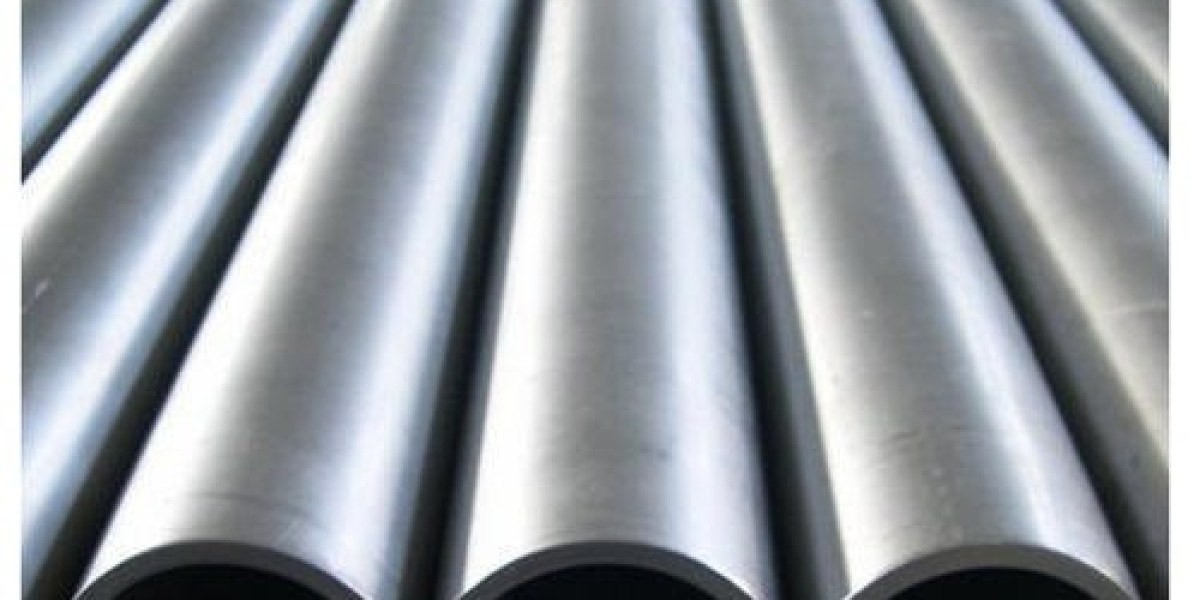Stainless Steel 304 is one of the most widely used materials in pipe manufacturing due to its durability, corrosion resistance, and versatility. This guide aims to provide a detailed look at Stainless Steel 304 pipe pricing, including factors influencing cost, benefits of investing in 304-grade pipes, and market trends. Whether for industrial, commercial, or residential projects, understanding the price dynamics of Stainless Steel 304 pipes can help buyers make informed decisions.
What Influences the Price of Stainless Steel 304 Pipes?
The price of Stainless Steel 304 pipes price is affected by several factors, including raw material costs, manufacturing expenses, dimensions, and industry demand. Let’s explore each factor in detail:
1. Raw Material Costs
The primary factor that affects the price of Stainless Steel 304 pipes is the cost of raw materials. Stainless Steel 304 is composed mainly of iron, with chromium (18%) and nickel (8%) as essential components. Variations in the prices of these elements, especially chromium and nickel, impact the overall production cost. In times of higher demand or limited supply for chromium and nickel, the price of Stainless Steel 304 pipes tends to increase.
2. Manufacturing Process
The method used to manufacture Stainless Steel 304 pipes also affects their pricing. Pipes produced through seamless techniques tend to be more expensive than welded pipes. This is due to the complexity and precision required in the seamless pipe manufacturing process, which generally provides a smoother, higher-quality product. For applications requiring durability and high resistance to pressure, seamless pipes are often preferred, and their price reflects this added value.
3. Dimensions and Specifications
Pipes come in a range of sizes and thicknesses to suit various needs. The pipe dimensions, particularly its diameter and wall thickness, influence the price significantly. For instance, larger-diameter pipes and those with thicker walls require more material and time to produce, which drives up their cost. Additionally, the surface finish (polished or unpolished) may alter the final price, with polished surfaces often costing more due to the additional work involved.
4. Industry Demand and Application
The demand for Stainless Steel 304 pipes varies by industry. Sectors like construction, automotive, chemical, and food processing frequently utilize these pipes for their strength and resistance to rust. When demand in these industries is high, the prices are likely to reflect this. Additionally, applications requiring higher precision or specialized pipe characteristics may result in a price premium.
5. Market Conditions
Global economic conditions, trade policies, and supply chain fluctuations can significantly influence the cost of Stainless Steel 304 pipes. For example, changes in import/export tariffs, labor costs, or shipping fees can contribute to price variations. In markets where raw materials or manufacturing facilities are limited, prices may be noticeably higher.
Current Price Range of Stainless Steel 304 Pipes
As of the most recent market data, Stainless Steel 304 pipes generally range between $2 and $8 per kilogram. For standard pipes (without custom specifications), buyers may expect to find prices on the lower end of this range. However, prices can exceed this range depending on specific dimensions, finishes, and manufacturing requirements.
Bulk purchases often allow for discounts, while specialized pipes with unique sizes, seamless construction, or enhanced finishing are likely to cost more. Understanding that prices can fluctuate due to seasonal demand, material costs, and supply chain issues is essential.
Benefits of Investing in Stainless Steel 304 Pipes
Although Stainless Steel 304 pipes may cost more than alternatives like carbon steel or PVC, the investment is often justified due to several benefits:
1. Corrosion Resistance
One of the standout features of Stainless Steel 304 is its corrosion resistance. When exposed to moisture or humid environments, Stainless Steel 304 does not rust, which makes it ideal for applications in harsh conditions. The chromium content provides a protective oxide layer that safeguards the steel, which is essential for pipes used in industries like marine, chemical, and food processing.
2. Strength and Durability
The durability of Stainless Steel 304 pipes makes them a cost-effective option in the long run. They can withstand high temperatures and pressures, making them suitable for applications that require robustness. In comparison to other materials, Stainless Steel 304 pipes experience less wear and tear, minimizing the need for frequent replacements or maintenance.
3. Hygiene and Cleanliness
For industries that prioritize sanitation, such as food processing, pharmaceuticals, and water treatment, Stainless Steel 304 pipes are an excellent choice. The smooth surface prevents the accumulation of contaminants, allowing for easy cleaning and maintenance, which is crucial for ensuring product safety and compliance with hygiene standards.
4. Versatility and Adaptability
Stainless Steel 304 pipes are available in various shapes, sizes, and finishes, making them highly adaptable for different applications. This flexibility provides value, as these pipes can be customized for unique requirements, whether structural or aesthetic.
Price Comparison: Stainless Steel 304 Pipes vs. Other Grades
The cost of Stainless Steel 304 pipes tends to be moderate when compared to higher grades like 316 or duplex stainless steels. While grades such as Stainless Steel 316 offer added resistance to chloride and saltwater environments, they come at a premium. Stainless Steel 304 offers a good balance between cost and performance, making it a more economical choice for general-purpose applications.
For projects that demand high resistance to acids, chlorides, or other corrosive elements, the added cost of higher-grade stainless steel may be justified. However, for standard applications, Stainless Steel 304 is often the preferred choice due to its competitive price point and reliable performance.
Tips for Finding the Best Prices on Stainless Steel 304 Pipes
Compare Multiple Suppliers: Prices can vary significantly between suppliers, so it’s beneficial to request quotes from multiple sources. This allows buyers to compare not only prices but also quality, lead times, and additional services, such as polishing or custom fabrication.
Consider Bulk Purchases: Buying in bulk can help lower the per-unit cost of Stainless Steel 304 pipes, especially for large-scale projects.
Choose the Right Finish: Opting for an unpolished or matte finish may reduce costs, as polished finishes generally require additional labor.
Stay Updated on Market Trends: Monitoring industry news and price trends can help buyers identify when it’s a good time to purchase. Prices may fluctuate based on market demand, economic conditions, and global supply chain factors.
Evaluate Long-Term Costs: Although lower-cost alternatives like carbon steel pipes may be tempting, Stainless Steel 304 pipes offer superior longevity and resistance to corrosion, which can result in lower long-term costs due to reduced maintenance.
Conclusion
Stainless Steel 304 pipes are valued for their durability, resistance to corrosion, and adaptability across various industries. While they may have a higher upfront cost compared to some alternatives, the benefits in terms of lifespan and performance often make them a cost-effective choice in the long run. Buyers should be mindful of factors such as material costs, manufacturing processes, and market conditions that impact the price. By comparing suppliers, understanding industry trends, and considering bulk purchasing options, informed decisions can be made that balance quality and cost







